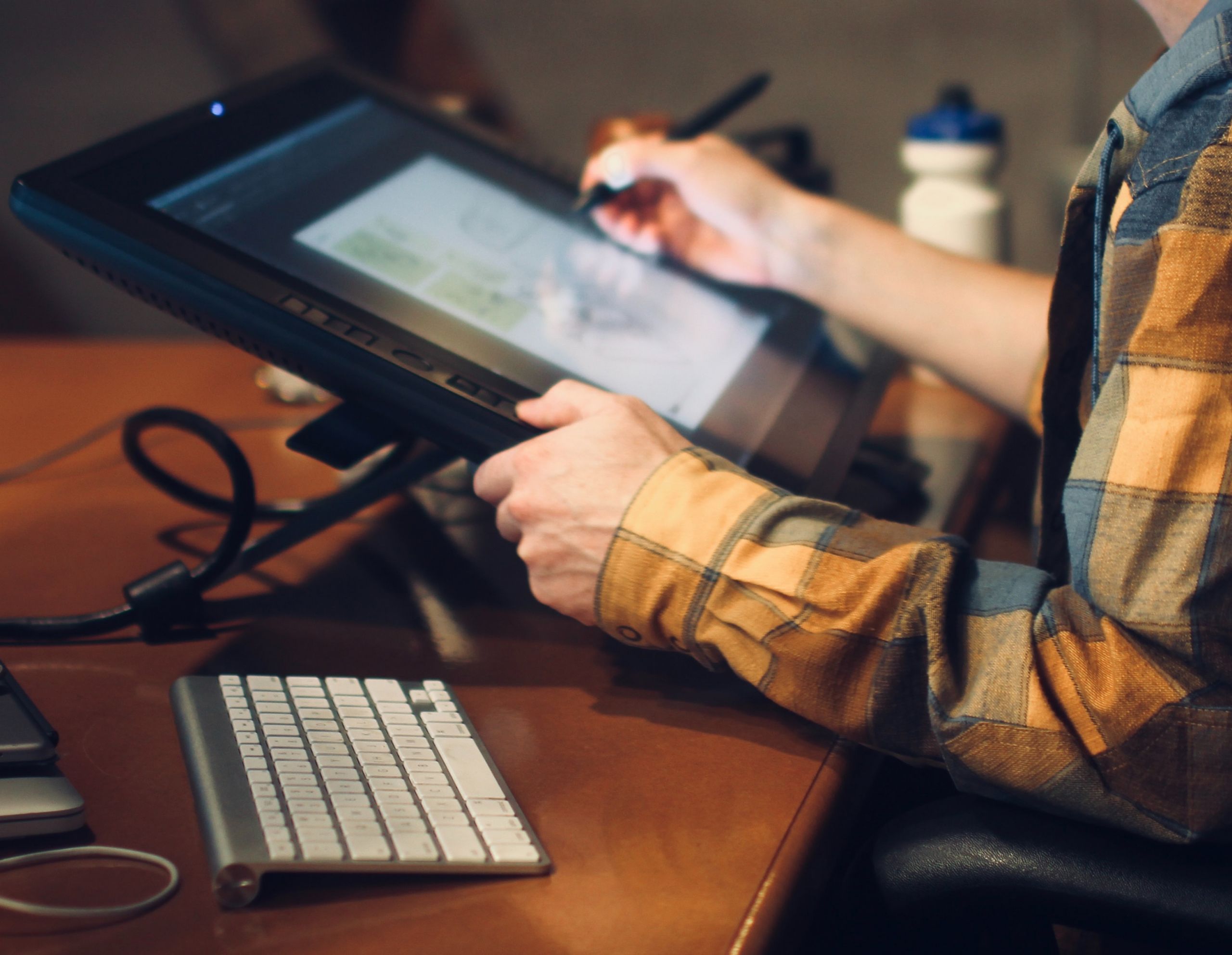Industrial design (ID) is defined as the professional service of creating and developing concepts and specifications that optimize the function, value, and appearance of products and systems for the mutual benefit of both user and manufacturer. Unfortunately, a common misperception of industrial design leads some to believe that optimizing appearance is its only function without consideration for function, usability, or manufacturability. By definition, that would make industrial designers artists. The key difference between art and design is that art is purely open-ended sensory input, whereas design is focused on the strategic creation of solutions that work within a defined set of parameters, like function, usability, or manufacturing technology.
Stages of Development
There are a series of important steps to take in a good design process that require industrial designers to demonstrate flexibility and wear many different hats. At the front end of developing any solution, ideas must be informed by data that guide strategic thinking about the right solutions. In the early stages of ideation, it is crucial that thinking remain uninhibited by process or technology limitations, in order for a wide-open range of creative ideas to be considered. However, as initial solutions are vetted and refined, manufacturing and technology feasibility must be considered to weigh a design’s impact against the effort required to execute it. While it is the role of the industrial designer to dream up beautiful front-end solutions, we are also responsible for helping see them through to be tested, refined, and executed.
Inspiration to Execution
Unfortunately, not all industrial designers take on this responsibility, and may instead wash their hands of a project after the art is completed but before the design starts. If industrial designers are not properly trained and experienced in both manufacturing processes and delivering beautiful functional user experiences, clients are often left with expensive duds that can’t be made. This situation causes rework, disappointment, and waste. “Blue sky” art helps inspire innovation, but the execution of design is where innovation drives growth and success.
INNOVATION IS REWARDED, EXECUTION IS WORSHIPPED–Quicken Loans aphorism



